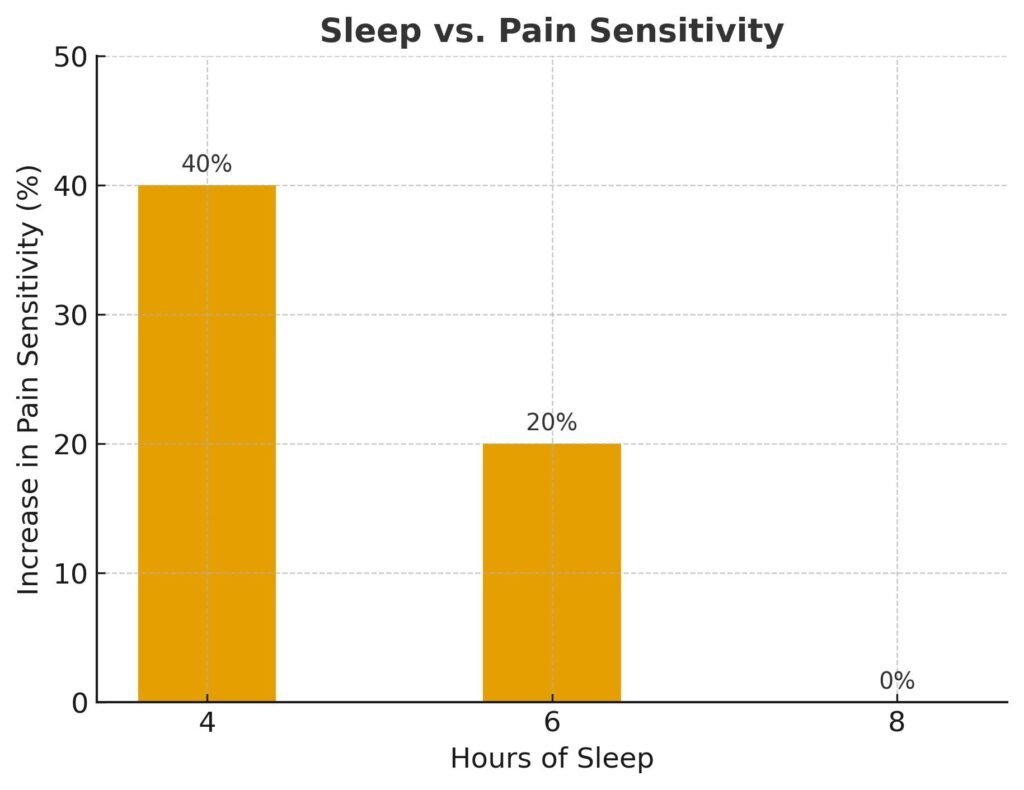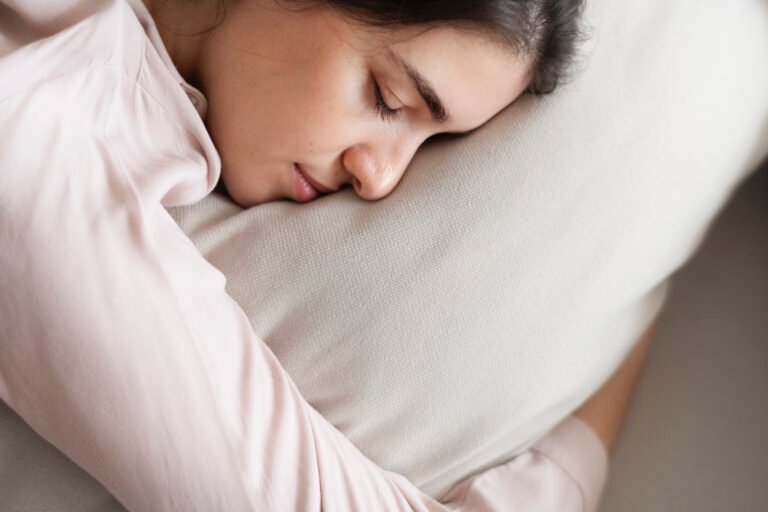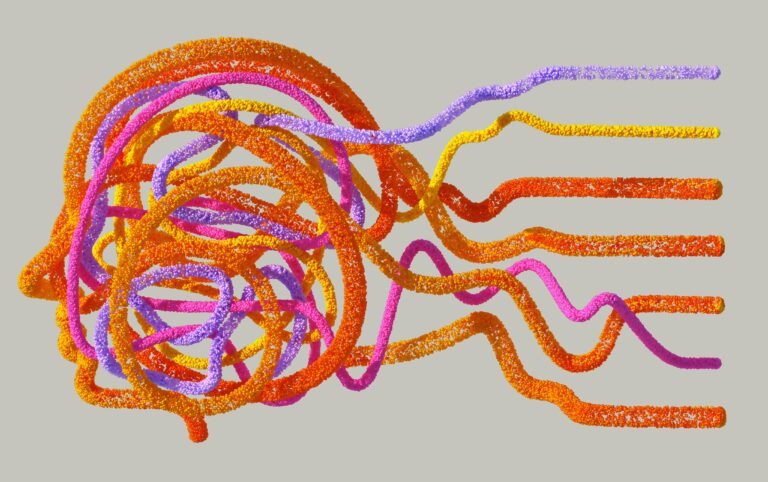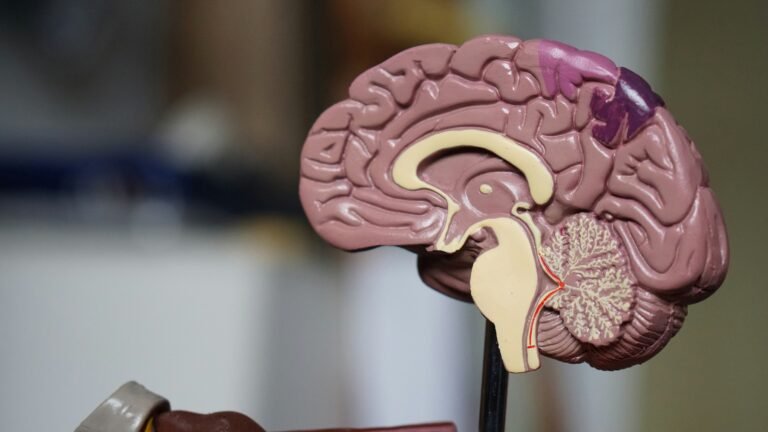Why Your Joints Hurt: Surprising Causes of Pain You Didn't Know About
The Mind Pump Podcast | September 10, 2025
If you’re struggling with joint pain, you’re not alone. Millions of people deal with daily aches, stiffness, or soreness, often without finding clear answers. You might think pain is just part of getting older or the result of an injury — but in reality, joint pain is far more complex.
Recent research and expert insights show that your emotional health, nutrient intake, sleep quality, and hydration all play massive roles in how your body perceives and experiences pain. Some of these factors might surprise you.
In this article, we’ll explore the hidden causes of joint pain, share real-life examples, and provide practical strategies that can help you move, feel, and live better.

Pain Is More Than Physical
One of the biggest misconceptions about pain is that it’s only caused by physical damage. Yes, arthritis, injuries, or inflammation can trigger discomfort. But science shows that pain is both a physical and emotional experience.
Think of pain as having two parts:
- The physical trigger — like arthritis, muscle strain, or nutrient deficiency.
- The brain’s interpretation — which can amplify or even create pain signals.
For example, people with depression or anxiety are far more likely to feel higher levels of pain. Brain imaging studies reveal that negative emotions activate the amygdala, the part of the brain responsible for processing fear and stress. This intensifies pain signals, making even minor discomfort feel overwhelming.
This explains why some people feel pain long after their bodies have technically healed. The nervous system remembers the injury, but emotional stress amplifies the lingering signals. The result? Chronic pain that feels physical but is deeply tied to the brain’s perception.
Takeaway: Pain is not just in your joints — it’s also in your brain. Emotional well-being has a direct impact on how much pain you feel.
The Emotional Connection to Pain
Have you ever noticed your pain getting worse during stressful times? That’s not your imagination. Emotional trauma, anxiety, and even unresolved memories can manifest as physical pain.
- A 2022 study in Psychosomatic Medicine found that people with chronic pain who underwent therapy (without medication or exercise) saw a 30% decrease in pain just by addressing emotional health.
- Real-life example: One woman struggled with chronic shoulder pain after an injury ended her passion for aerial silks. When she explored the emotional meaning of her injury, journaling and therapy helped her pain disappear completely.
Even massage therapists often observe clients crying during treatment. Why? Because stored emotions can be released through the body. Stress and trauma aren’t just “in your head”—they can live in your muscles and joints, influencing posture, tension, and discomfort.
This mind-body connection also explains why practices like yoga, meditation, and deep breathing often reduce pain. They calm the nervous system and create a sense of safety, which helps the brain stop amplifying pain signals.
Practical Tip: If you’ve tried everything for joint pain and nothing works, consider therapy, journaling, or mindfulness practices. Healing your mind can reduce pain in your body.
Nutrient Deficiencies and Pain
Your diet might be silently fueling your joint pain. Nutrient deficiencies are shockingly common in modern society, and low levels of certain vitamins and minerals can trigger or worsen pain.
- Vitamin D deficiency often feels like deep bone or joint pain. Many dismiss it as arthritis or “just aging.” In one case, a man in his 60s had years of worsening back pain, only to discover low vitamin D. Within days of supplementation, his pain vanished.
- Magnesium deficiency leads to nerve hypersensitivity, cramping, and muscle spasms.
- B vitamins are linked to neuropathic pain.
- Low protein and fat intake can cause chronic inflammation and muscle breakdown, making joint pain worse.
Another issue is that people often eat too few calories while pushing their bodies hard in the gym. This combination — over-training and under-eating — leaves your body without the raw materials it needs for repair. The result? Chronic low-level pain that feels like inflammation but is really your body’s way of begging for fuel.
Takeaway: If you’re eating too few calories or following an unbalanced diet, you’re at risk for deficiencies that directly impact joint health.
Practical Tip: Ask your doctor for a blood test to check vitamin D, magnesium, and B-vitamin levels. Consider a nutrient-rich diet with adequate protein, healthy fats, and whole foods.
Poor Sleep Increases Pain Sensitivity
If you’ve ever pulled an all-nighter and woken up achy, you know the link between sleep and pain. But research shows just how big the impact is:
- Sleeping only six hours per night increases pain sensitivity by 20%.
- A single night of deep, restorative sleep can reduce back pain by 15% in insomniacs.
Why? Lack of sleep lowers your tolerance to discomfort, reduces tissue recovery, and heightens stress responses. People who consistently sleep poorly are more likely to experience chronic pain flare-ups.
On top of that, poor sleep impacts hormone balance. Cortisol levels rise when you’re sleep-deprived, keeping your body in a state of stress and inflammation. This makes it harder for your muscles and joints to repair overnight, leading to a vicious cycle of pain and sleeplessness.
Practical Tip: Create a bedtime routine. Limit caffeine late in the day, keep screens out of the bedroom, and aim for 7–9 hours of quality sleep. Think of sleep as one of the most affordable pain treatments available.
Hydration: The Overlooked Pain Reliever
Joint pain can also come from something as simple as not drinking enough water. While you can survive by drinking only when thirsty, your body may still be functioning at a suboptimal level.
- Dehydration reduces joint lubrication, making movement feel stiff and painful.
- Athletes who increased water intake noticed recurring injuries — like quad pulls — disappearing within days.
- Proper hydration supports electrolyte balance, helping muscles contract and relax efficiently.
Many people underestimate how much water their body actually needs, especially if they exercise or live in a hot environment. Even mild dehydration can cause fatigue, headaches, and joint discomfort. Over time, consistently low hydration creates stress on connective tissues, making injuries more likely.
Takeaway: If your body feels achy, start with the simplest fix: drink more water.
Practical Tip: Aim for half your body weight in ounces of water daily (e.g., 150 lbs = 75 oz water). Adjust upward if you exercise or live in a hot climate.
The Hidden Causes of Joint Pain
| Cause of Pain | How It Affects the Body | Example Solution |
|---|---|---|
| Emotional Stress | Amplifies brain’s pain signals | Therapy, journaling, mindfulness |
| Nutrient Deficiency | Weakens bones, muscles, and nerves | Vitamin D, magnesium, balanced diet |
| Poor Sleep | Increases pain sensitivity by 20% | 7–9 hrs sleep, bedtime routine |
| Dehydration | Reduces joint lubrication & recovery | Drink more water, balance electrolytes |

This clearly shows why better sleep equals less pain. Imagine improving your pain levels by simply getting one more hour of sleep — no medication required.
Practical Daily Checklist for Joint Health
Here’s a real-world daily routine to support joint and muscle health:
- Morning: Drink 16 oz of water and get 10–15 minutes of sunlight for natural vitamin D.
- Midday: Eat a protein-rich, balanced meal with leafy greens and healthy fats.
- Afternoon: Take a 5-minute stretching or mindfulness break to reset body and mind.
- Evening: Shut off screens 1 hour before bed, journal to reduce stress, and aim for consistent sleep.
- Weekly: Check in with yourself — are you managing stress, eating well, and staying hydrated?
Small daily habits compound over time. By following this checklist, you’ll not only reduce pain but also improve energy, mood, and long-term joint health.
Final Thoughts
Joint pain isn’t always about wear and tear. Sometimes the true causes are hidden in how we live, eat, and think.
- Emotional health impacts physical pain.
- Nutrient deficiencies can mimic arthritis.
- Poor sleep makes pain worse.
- Hydration is an easy but overlooked fix.
By addressing these areas, you may unlock relief without relying solely on painkillers or invasive treatments. The good news? Many of these solutions are free or low-cost, making them accessible to anyone.
Next time your joints ache, don’t just ask, “What’s wrong with my body?” Ask, “Am I sleeping well? Eating enough nutrients? Managing stress? Drinking enough water?”
These simple questions could lead to the lasting relief you’ve been searching for.
Related Post




